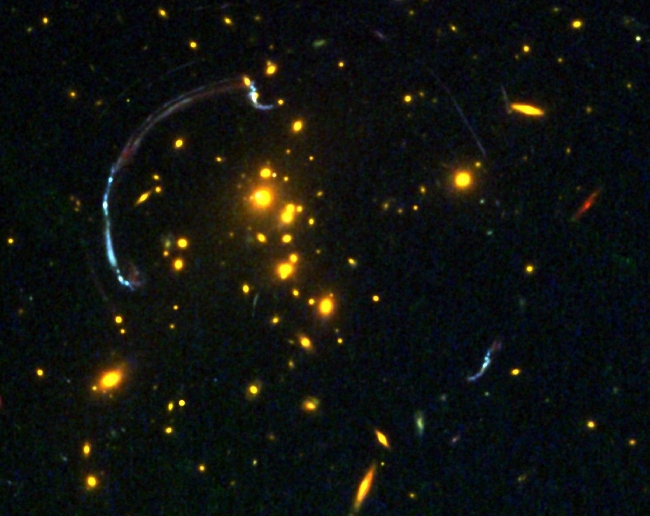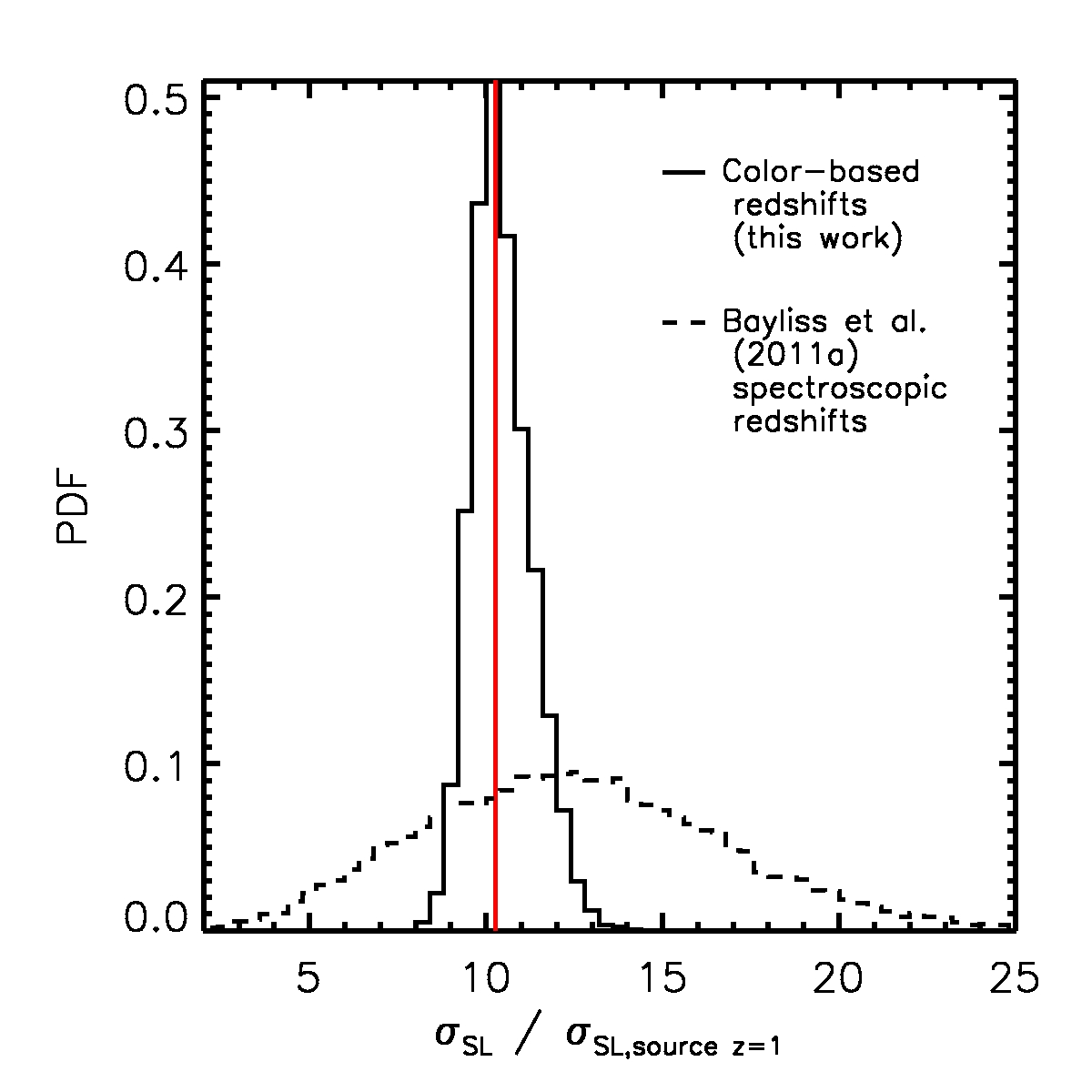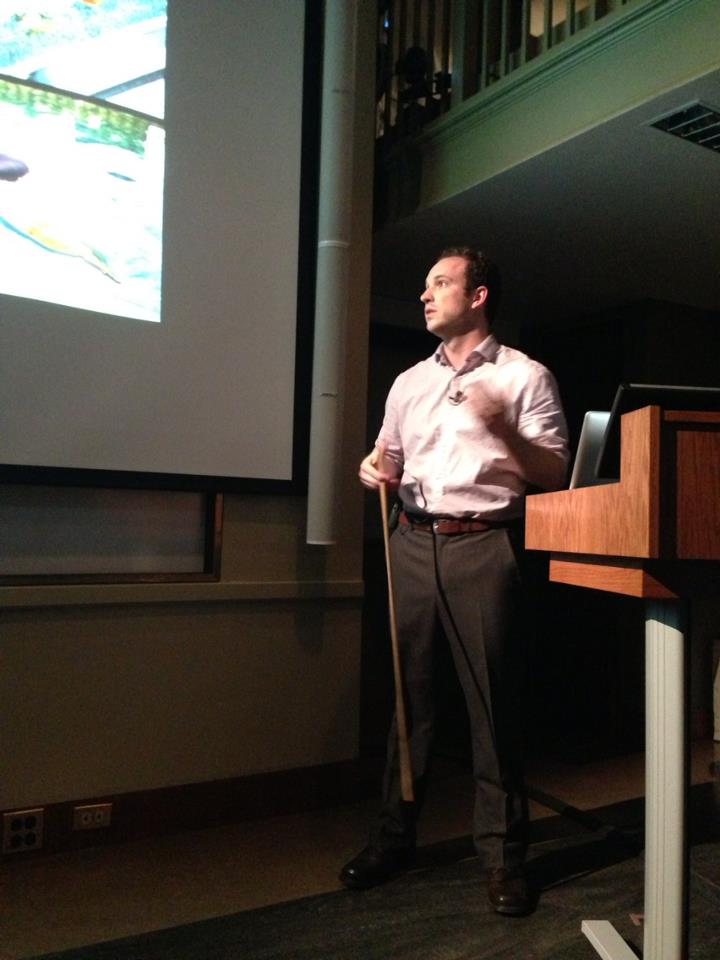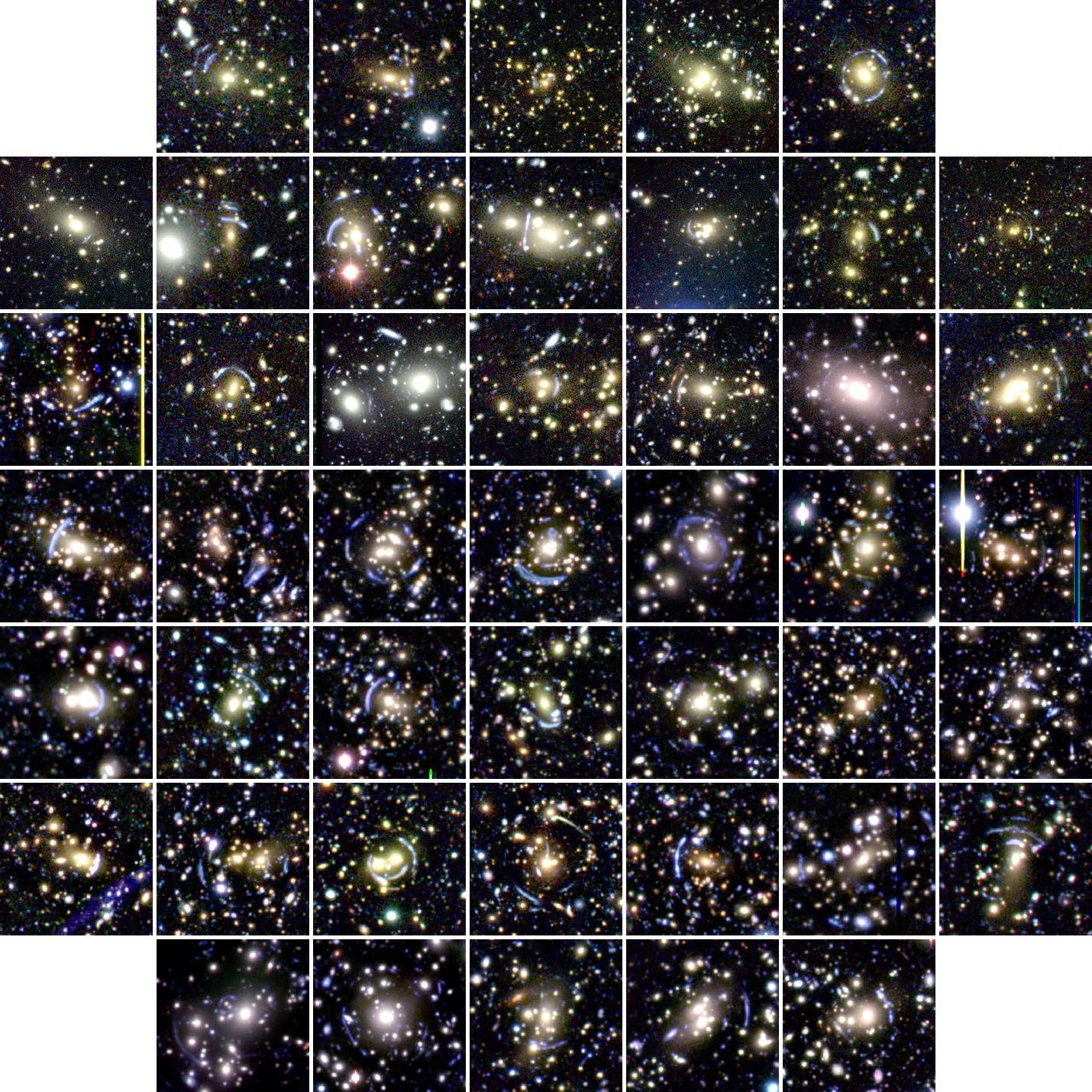


(Giving the Havard College Observatory Night public lecture on strong gravitational lensing.) |
Welcome!
I am an astrophysicist in the physics department at Harvard University and the Institute for Theory and Computation at the Harvard-Smithsonian Center for Astrophysics. I work with Professor Christopher Stubbs as a member of the South Pole Telescope project (and a variety of other projects with less bombastic web presence). Before this I was a grad student with Professor Michael Gladders in the Department of Astronomy & Astrophysics and the Kavli Institute for Cosmological Physics at the University of Chicago. Going back even farther, I was an undergraduate at the University of North Carolina at Chapel Hill where I worked on the Goodman Spectrograph with Professor Chris Clemens, and then worked on GRB follow-up and on building the PROMPT array with Professor Dan Reichart. I'm an observer by trade and enjoy working with instrumentation and data, primarily in the optical and infrared. My scientific expertise is observational cosmology and extragalactic astrophysics, using both galaxy clusters and high-redshift galaxies. The broad goal of my research is to describe the way in which structure on the largest observable scales developed into its current form, starting from the Big Bang. Specifically, I use large samples of galaxy clusters that are selected both from their optical light, and with the Sunyaev Zel'dovich (SZ) Effect, to test predictions for structure formation. Within the galaxy cluster zoo, I spend a lot of my time working with strong lensing clusters (see the pretty mosaic below for examples of these), where the strong lensing phenomenon yields information about the structure and properties of the cluster lenses while also providing highly magnified images of distant background galaxies. I am also expert at measuring the dynamical properties of galaxy clusters and using that information to recover information about their gravitational potential wells. At Harvard I have been leading a large NOAO survey program (11A-0034) on behalf of the PI, Christopher Stubbs. The goal of this program is to acquire extensive optical spectroscopy of a large sample of South Pole Telescope galaxy clusters. Observations have been underway since 2011 (to conclude in 2015), and the reduced data products are being released as they become available and are reduced/analyzed. The public data release is handled through the Harvard Dataverse Network (and thank you to the Wolback Library staff for their help and support serving the data!). A journal article describing the program, the reduction data and the methods to generate the data products is in preparation (Bayliss et al., in prep). I have a strong interest in science education and outreach. In April 2013 I was honored to give the Harvard Observatory Nights pubilc lecture, and nervous to learn that these talks get posted on youtube. As a graduate student in Chicago I spent more than 400 hours on lab/class development and teaching with the Space Explorers program, which provides intensive, year-round, lab-based science education to inner-city students from the south side of Chicago. I also provided expert volunteer support at the Adler Planetarium, serving as a guide to the science displays in Adler's Space Visualization Lab, as well as giving presentations to groups of middle and high school students involved in extracurricular science education programs. I am always happy to talk about my research (or other topics in astronomy and astrophysics) so please feel free to contact me if you're looking to find a guest speaker or something along those lines (details on the left hand margin of this page). The image below features 45 of the cluster lenses that my collaborators and I have identified. These are RGB color composites of gri imaging taken with Gemini-North/GMOS and Subaru/SuprimeCam. The clusters shown below represent just a fraction of the full cluster lens samples that we have identified in the SDSS and RCS-2. 
(Credit: Me) |